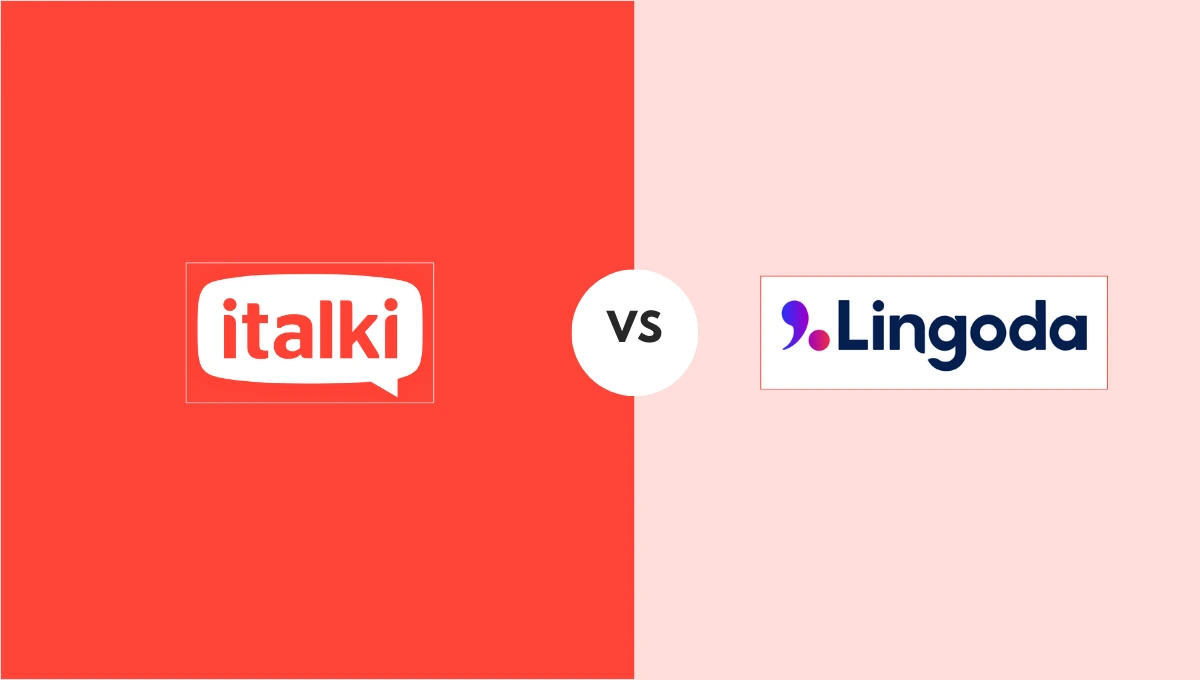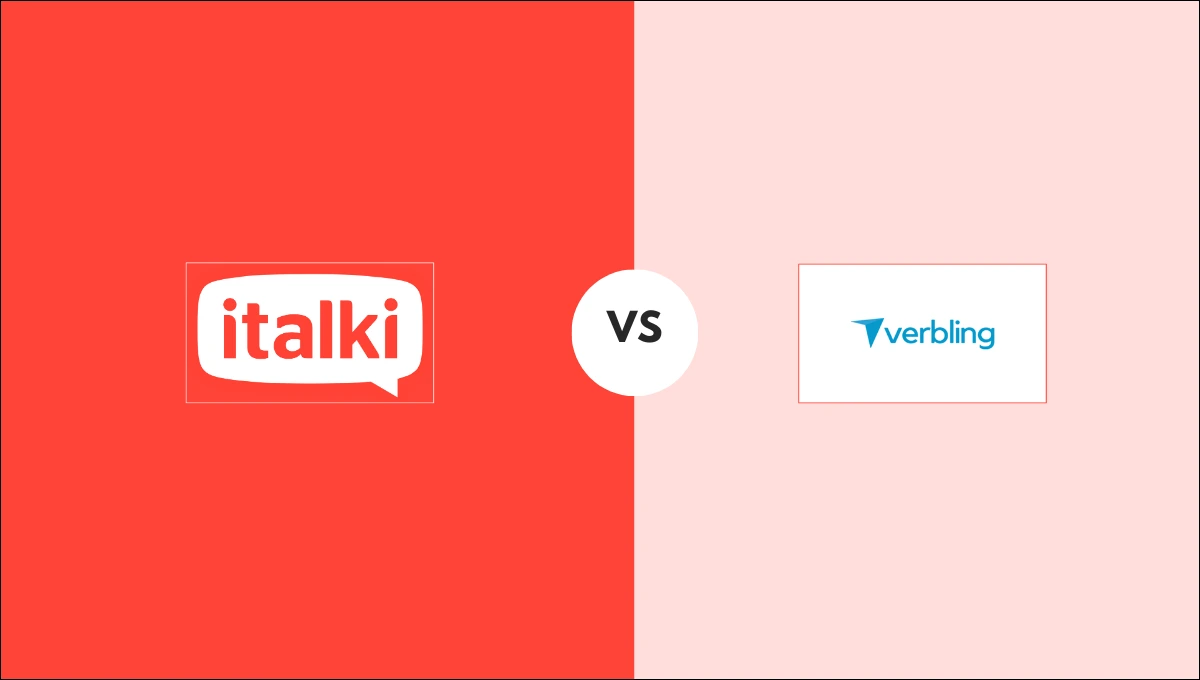Do you want to indicate the cause – why something is the way it is or why something happened in the way it did? If so, there are numerous ways to do it in Spanish besides the commonly used porque, usually translated as “because.”
People learning Spanish may find it difficult to indicate causality, partly because the terms in English and Spanish do not correspond exactly. Remarkably, the terms “because” and “because of” are translated differently in Spanish, and the English word “since” frequently means the same thing as “because,” but not always.

Five ways to say ‘because’ in Spanish
Here are the most common ways of expressing causation:
Porque
Porque is the most common translation for “because,” and it is used in various situations:
- Como porque tengo hambre. (I am eating because I am hungry.)
- Se fue porque tenía miedo. (He ran away because he was afraid.)
- Busco ayuda en este grupo porque no puedo bajar videos. (I’m looking for help in this group because I can’t download videos.)
Porque is typically followed by a word combination that could stand alone as a sentence, so it is not commonly used to translate “because of.” Unlike most other words and phrases, porque cannot be used to begin a sentence.

El porqué de
El porqué de is a common way of saying “the reason for” and is usually followed by a noun or noun phrase.
- No explicó el porqué de su beso (He didn’t explain the reason for his kiss.)
- Necesito saber el porqué de esto. (I need to know the reason for this.)
Learning basic Spanish words can help you navigate conversations confidently and gracefully. Look for ways to expand your language knowledge and indulge in excessive practice to attain fluency.
Por
When used alone as a preposition, por frequently indicates cause and can be translated in various ways, including “because of.”
- Lo hice por miedo. (I did it because of fear. I did it out of fear.)
- Voy al Perú por las ruinas. (I am going to Peru because of the ruins.)
- Hago cosas buenas por malas razones. (I do good things for bad reasons.)
- Ganó por trabajar mucho. (He won because he worked hard. He won by means of much work.
Except when used as a question word, por is rarely used to start a sentence. It is also worth noting that por is a versatile preposition with various non-causation-related uses. You must also learn what in Spanish to ask different questions. These expressions and terms are widely used in all languages. Learn what, why, when, how, and because in Spanish through different mediums.
A causa de
A causa de, typically followed by a noun or noun phrase, is a common way to express “because of.”
- Salió a causa de su padre. (He left because of his father.)
- Durmió a causa de su enfermidad. (She slept because of her illness.)
- Me escapé de casa a causa de mis padres. (I ran away from home because of my parents.)

A falta de
A falta de, which means “due to lack of,” is a similar phrase used when something is missing.
- Salió a falta de dinero. (He left due to lack of money. He left because of a lack of money.)
- Habrá 24 millones de hombres solteros en China debido a falta de mujeres. (There will be 24 million single men in China because of the lack of women.)
These are some of the most creative ways to say because in Spanish. If you are a beginner Spanish learner, don’t get overwhelmed by the contextual use of these words and phrases. Getting a conversational Spanish tutor can minimize confusion by giving you practical insight.
We strongly recommend you check out italki to find the best Spanish tutor online. This platform is flexible; you can choose your desired learning schedule, tutor, and learning patterns. Let us explain how!
Learning the Spanish language with italki
italki makes learning Spanish incredibly simple. This online language-learning platform includes some fantastic features. Some of them are listed below:
Online learning mode: With rapid technological advancements, online learning is a viable option for saving time, money, and energy. You can book lessons with italki online and start learning Spanish from home.
Increased flexibility: You can practice flexibility by taking the lessons on your preferred schedule. italki’s students benefit greatly from this feature, which allows them to feel independent and free.
Experienced tutors: When you visit italki’s website, you can search through a long list of instructors to find a suitable Spanish tutor who provides online Spanish lessons. The teachers at italki are all highly qualified. You can select the one that best meets your learning needs.

Find Your Perfect Teacher
At italki, you can find your Spanish tutor from all qualified and experienced teachers. Now experience the excellent language learning journey!
Book a trial lesson
Updated learning material: The material provided during sessions is relevant, current, and engaging. Learners must complete practice exercises based on real-life scenarios. For example, learners are shown various Spanish learning videos in a light-hearted manner to help them expand their knowledge.
Conversational classes: As you interact with others, you will learn more. Italki follows conversational learning mode. This method can help you gain the confidence to speak a second language in public.

The enrollment process at italki
- Visit italki
- Generate a profile for yourself
- Fill in all of the required information
- Navigate to the ‘Find a Teacher’ section
- Use the filter to find a Spanish teacher
- Check the reviews provided by previous learners
- Select the teacher who best meets your needs
- Schedule a trial lesson at a discounted rate to evaluate the learning method.
- Follow the tutor’s instructions
- Request feedback from your instructor
- Keep track of your progress
Frequently asked questions
When is it appropriate to use ‘ya que’ instead of ‘porque’?
‘Ya que’ is often used to emphasize a reason or cause and is more formal than ‘porque.’ It is suitable when providing a justification or reason with added emphasis.
What is the difference between ‘pues’ and ‘porque’?
‘Pues’ is versatile and can mean ‘because’ or ‘well’ depending on the context. It’s commonly used in spoken language to explain or introduce information.
Are there any common mistakes to avoid when using alternative expressions for ‘because’ in Spanish?
Be mindful of the formality of expressions and choose the appropriate one based on the context. Also, practice correct pronunciation; some connectors may sound similar but have different meanings.
Conclusion
Mastering the diverse ways to express ‘because’ in Spanish adds depth and precision to your language skills. Understanding when to employ each expression contributes to practical expression in formal or informal settings. Search for the best online Spanish course to expand your language knowledge further.
Visit the italki website to find the best online Spanish tutors. The majority of them are native speakers. Hire your preferred tutor and become a fluent Spanish speaker.
Want to learn a language at italki?
Here are the best resources for you!


















